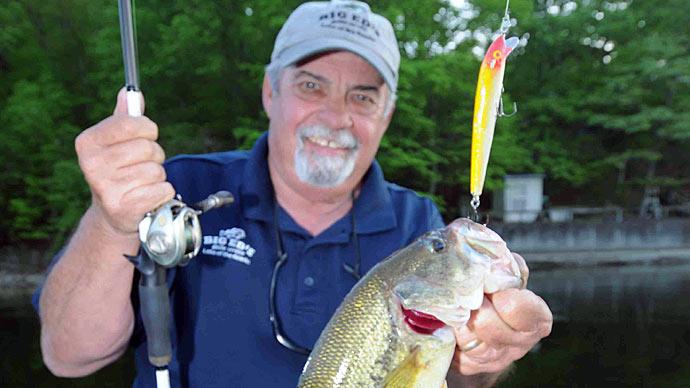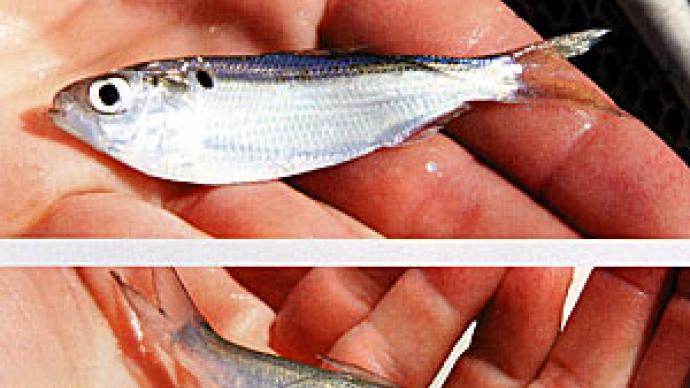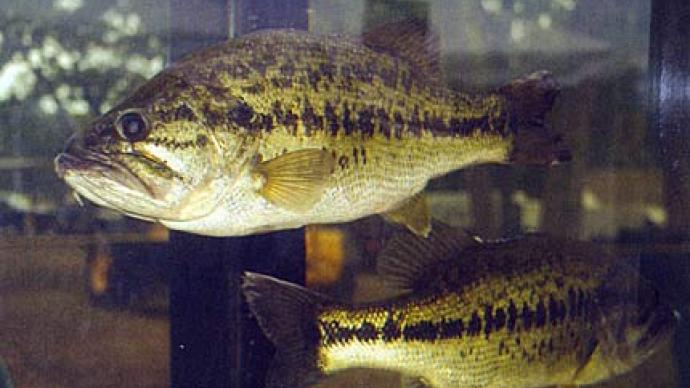
A pond owner in southern Ohio, Darren Davidson, shad questions about stocking gizzard shad in his three-quarter acre pond will help his catfish, bluegill and largemouth grow. Here's his question and answers from the Pond Boss Field Advisory Staff.
"I think the catfish grew much faster than anticipated, and might have wiped out my bluegill. It appeared late last summer that the bluegill were virtually non-existent. I know two years isn't long, but I faithfully feed Purina Mills Gamefish Chow every evening as long as the fish will eat.
In October, I purchased 10 pounds of shiners and 10 pounds of fatheads to supplement the natural food supply. I wonder whether anyone is familiar with shad in my area. Are there downsides to adding them?
Shad are extremely abundant in most all of the state park lakes around here. I want to find a more reasonable alternative, than spending big bucks spring and fall for snacks. Also, what are the recommended techniques for removing channel catfish in the winter? I have a fountain that keeps half the pond from freezing, but I can't seem to catch them during cold weather."
PB: First, we should start our answer with a question. Is the purpose for stocking shad to increase and diversify the food chain for catfish? If so, shad are not the best tool.
Shad diversify the food chain, and are used primarily to enhance production of trophy size largemouth bass. Gizzard shad grow large, and when the population reaches a certain density, reproduction ceases. Then, you have a bunch of large shad no predator can eat.
The guidelines for gizzard shad typically dictate that at least 25 percent of the top line predators should be large enough to consume 90 percent of the shad population. Twenty-five percent of your largemouth should be at least 17 inches long. Hybrid stripers need to weigh at least seven pounds.
Channel catfish are too slow for shad. Besides, you can feed catfish with floating pellets, like barnyard chickens, and they will grow. If your fish are overeating the food chain, and the "snacks" are becoming ineffective, remove a few catfish.
To catch catfish, use wet feed, mixed with corn starch and flour, rolled into a ball slightly smaller than a ping-pong ball, then pressed onto a treble hook. Don't feed the fish for a few days, and you can catch quite a few. In the winter, fish low and slow.
(Editor's note: Gizzard shad can be a nice supplement to the standard forage base of bluegill, fathead minnows, yellow perch or golden shiners. Repeat, CAN be.)
We had gizzard shad in a fishing club pond here in South Texas, and the pesky things wound up gobbling up all of the high-protein Game Fish Chow intended for my bluegill. A friend and I, who were paying for the feed, rigged up our spinning tackle, with 4-pound test line and tiny hooks and started catching the robber shad on rod and reel.
We found our most productive bait to be a tiny bit of soft plastic, no larger than a pencil eraser, threaded on a small hook. In the clear water, we dangled our offering in front of the school and, bingo, fish on. Our largest shad measured 17.5 inches in length and weighed nearly two pounds.
The shad fishing became an entertaining sidelight to our bass fishing. Unfortunately, the pond did not contain enough mature largemouth that were large enough to control the shad population.
Reprinted with permission from Pond Boss Magazine



